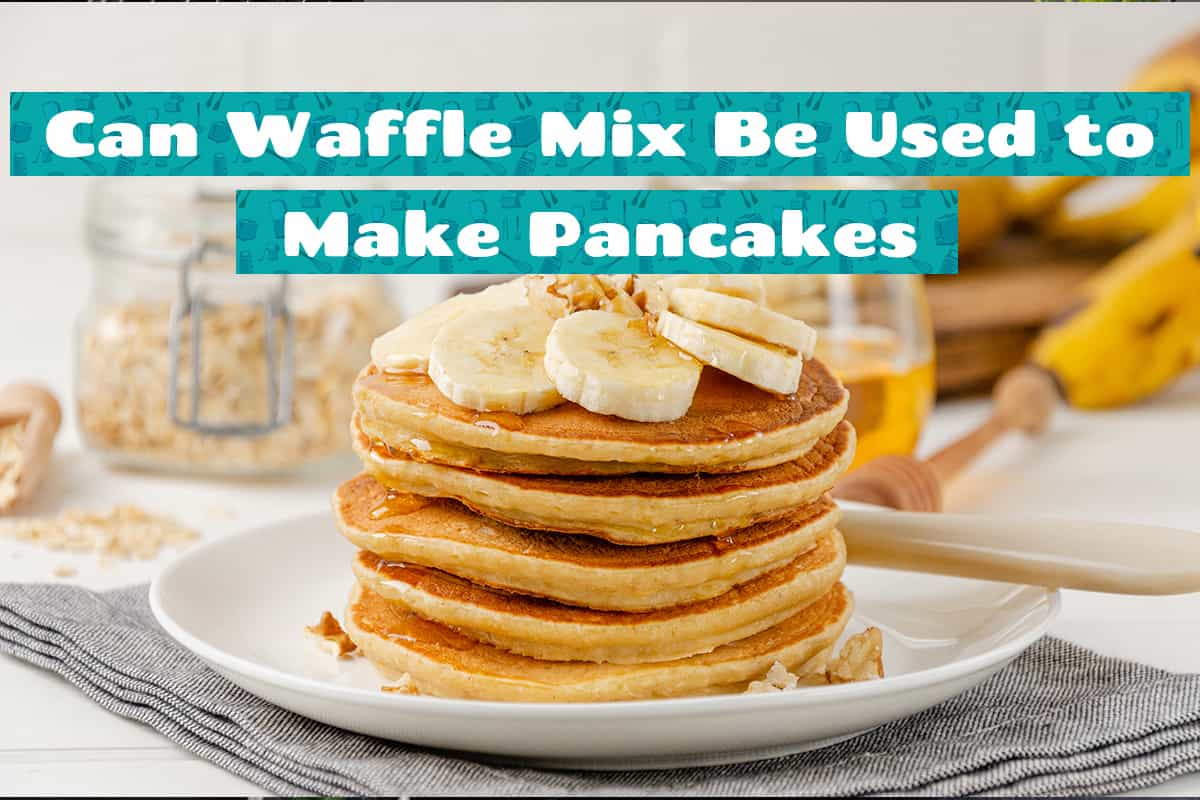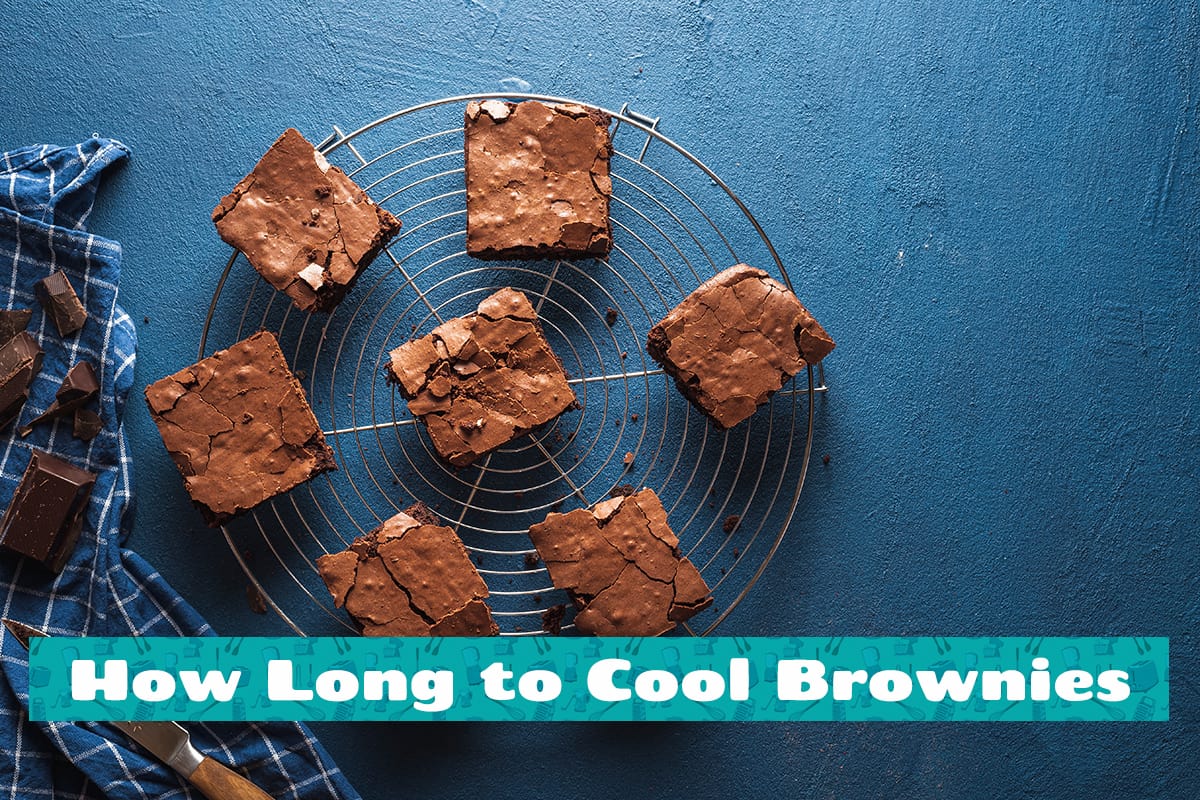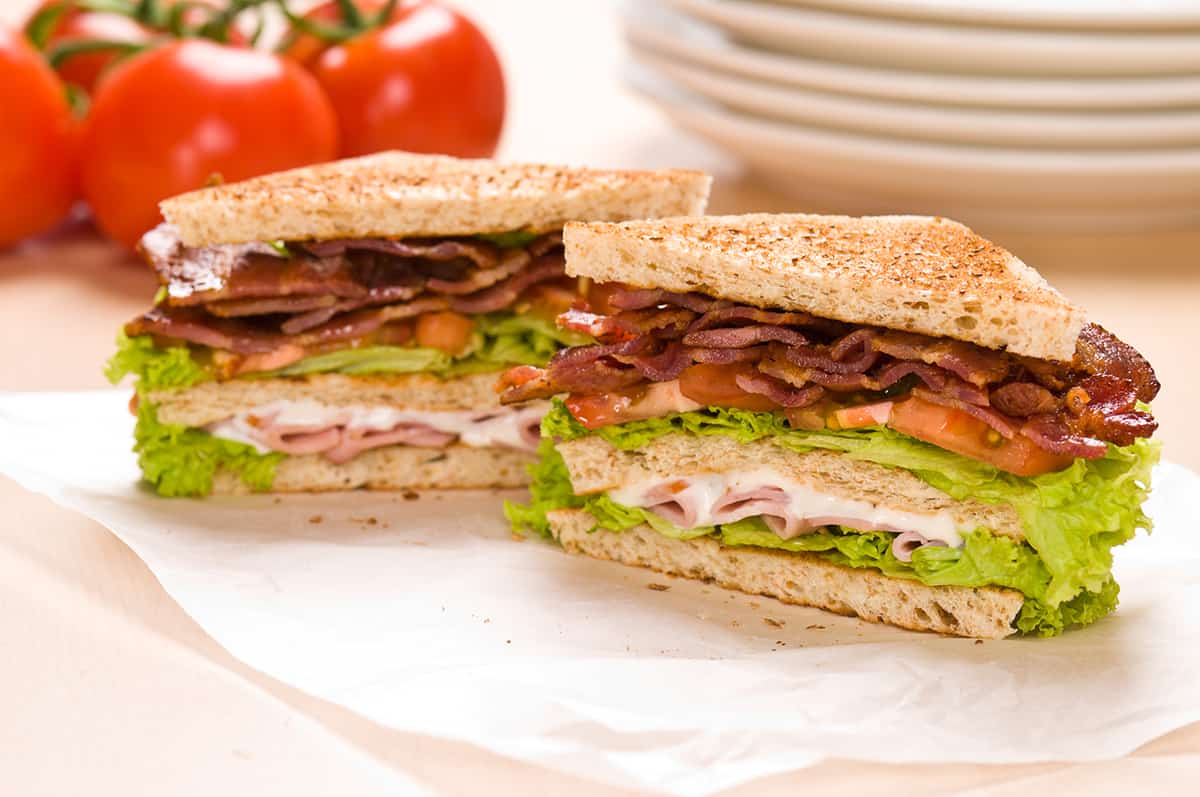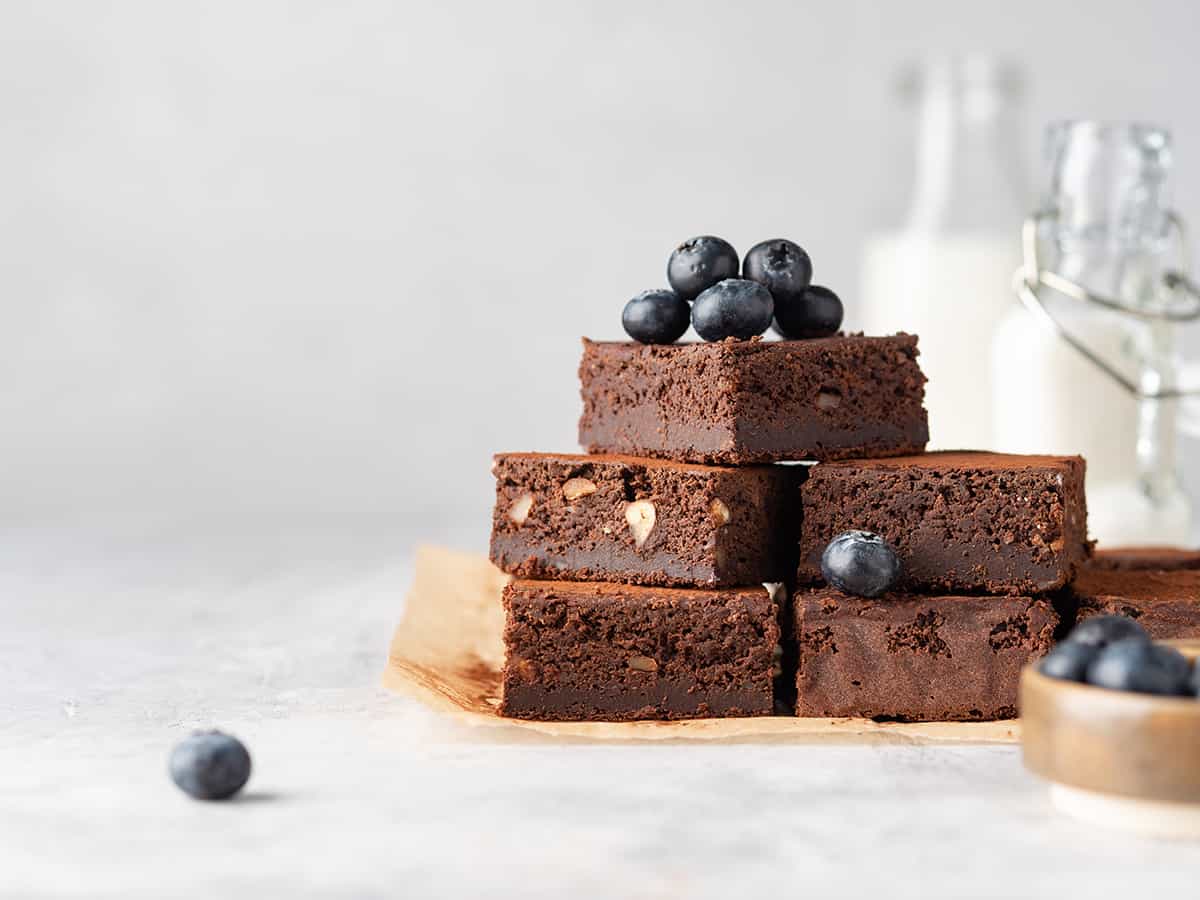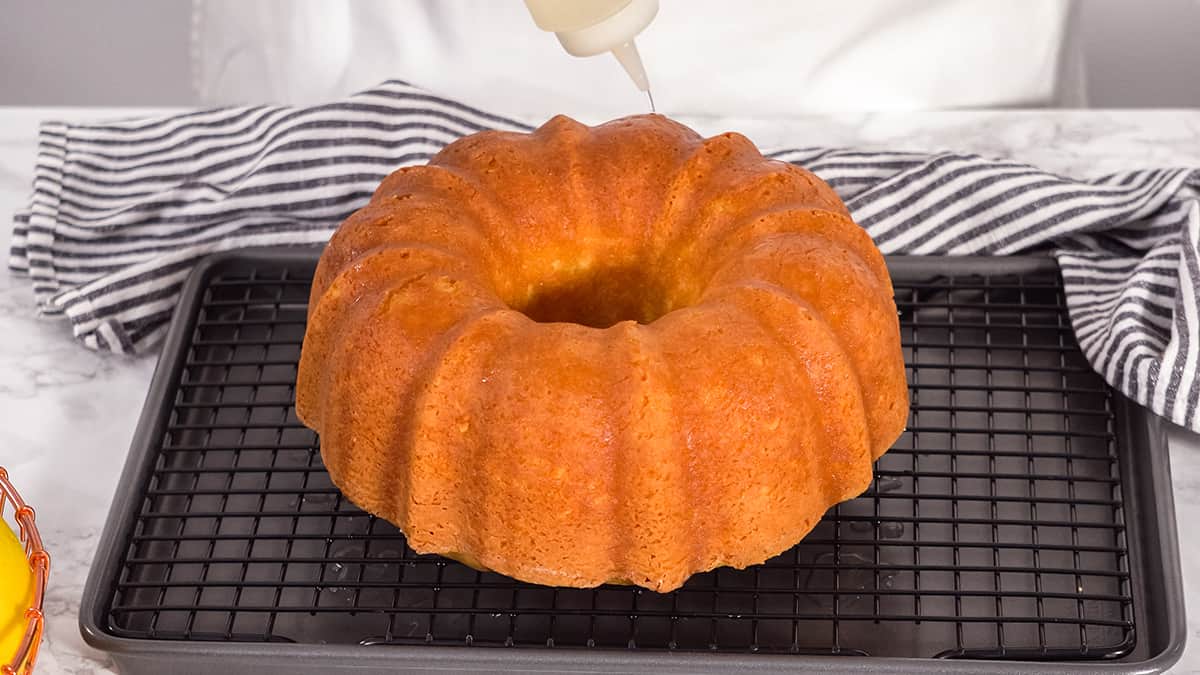There’s nothing like the smell of freshly baked chocolate chip cookies in the summer. If you’re like me, you like your chocolate chip cookies to be ooey-gooey in the center and crispy out the outside. But if you prefer cookies that snap, that’s fine, too. The key to making the best cookie is what size scoop you use.
Cookies range in size from super-tiny cereal-sized bits to massive cookies that take up an entire sheet to cook. But it ultimately depends on what scoop size you use. Scoops range from #100 to #6 (smallest to largest). So, if you like a large cookie, you should choose a cookie scoop with a smaller number.
In the following sections, I’ll go into detail about what the scoop sizes mean in terms of volume and diameter. That way, your cookies will always come out of the oven uniform in shape and as delicious as you want.
Cookie Size Chart
When it comes to cookie sizes, you can never go wrong. Below, I’ll describe the cookie scoops in greater detail.
| Cookie Scoop Size | Volume (fl. oz.) | Volume (tsp or tbsp) | Scoop Diameter (in.) |
| #100 | 0.375 | t tsp | 1-1/8 |
| #70 | 0.48 | 2.25 tsp | 1-1/4 |
| #60 | 0.56 | 1 tbsp | 1-3/8 |
| #50 | 0.625 | 1.33 tbsp | 1-5/8 |
| #40 | 0.875 | 1.75 tbsp | 1-3/4 |
| #30 | 1.25 | 2.25 tbsp | 1-7/8 |
| #24 | 1.75 | 3 tbsp | 2 |
| #20 | 2.5 | 3.5 tbsp | 2-1/8 |
| #16 | 2.75 | 4 tbsp | 2-1/4 |
| #12 | 3.25 | 5 tbsp | 2-1/2 |
| #10 | 3.75 | 6 tbsp | 2-5/8 |
| #8 | 4 | 8 tbsp | 2-3/4 |
| #6 | 4.66 | 10 tbsp | 3 |
Please note that the scoops will not give you an accurate cookie diameter size since how tall and wide your cookies develop in the oven will vary from recipe to recipe.
Recommended Scoop Sizes
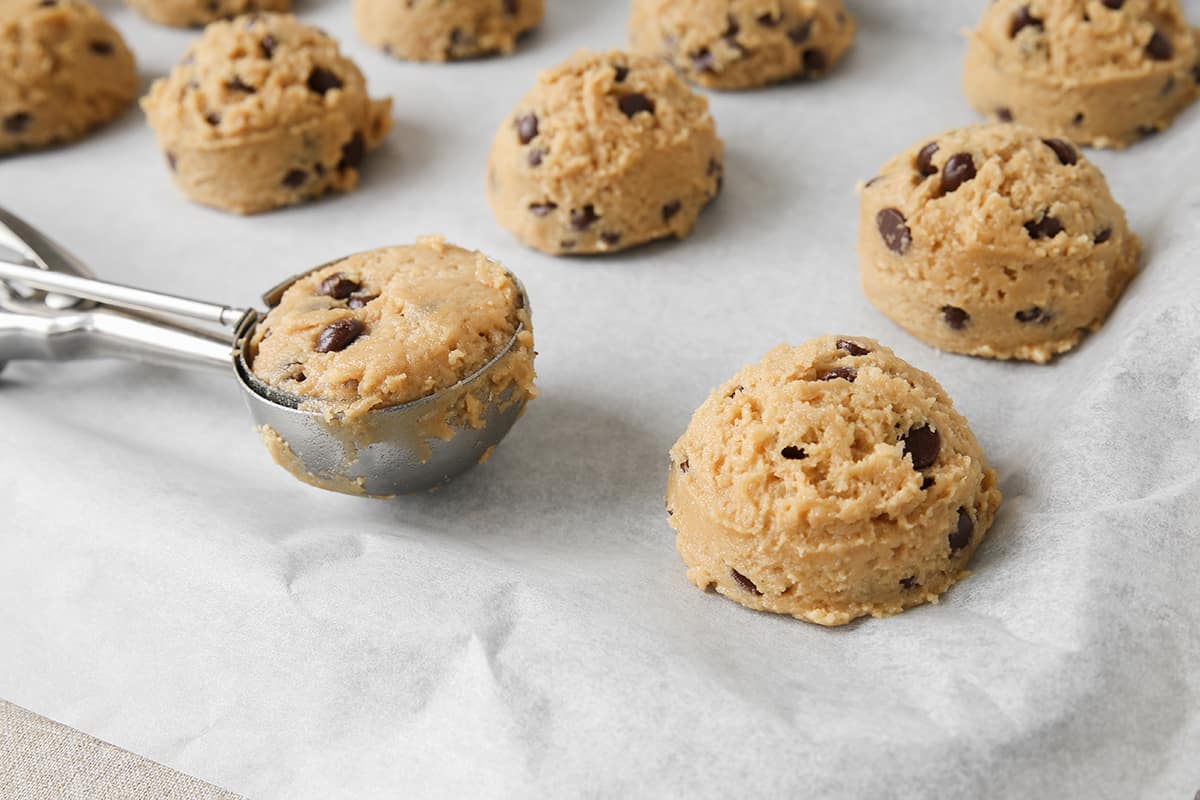
If you look at online recipes, many of them will ask that you use a specific scoop size. That way, the outcome of your recipe will turn out exactly as the author describes. That said, you are more than free to choose any size you want. That’s just the way to cookie crumbles.
Anyway, if a recipe asks that you use a small scoop, odds are the author wants you to use a #60 scoop that uses 0.56 fluid ounces or 1 tablespoon of batter. You will also need to have this scoop size for portioning mini meatballs and melon balls for fruit salads.
A medium-sized scoop will have #40 engraved in the bowl, denoting that it uses up 0.875 fluid ounces or 1.75 tablespoons of batter per scoop. This scoop is also popular for making cake pops.
Finally, a large scoop will be the #20 scoop, which uses 2.5 fluid ounces or 3.5 tablespoons of batter with every scoop. This scoop will also come in handy for filling each compartment of a muffin or cupcake tin.
If a recipe calls for portioning out cookie dough with an extra-large scoop, then you will need a #8 scoop that holds onto 4 fluid ounces or 8 tablespoons of dough. This type of scoop is also ideal for dishing out mashed potatoes and salads.
For the most part, recipes will generally stick to medium and large-sized scoops. So, a forgiving cookie recipe can be made using #40, #30, #24, or #20 scoops.
How Wide Will the Cookie Dough Spread?
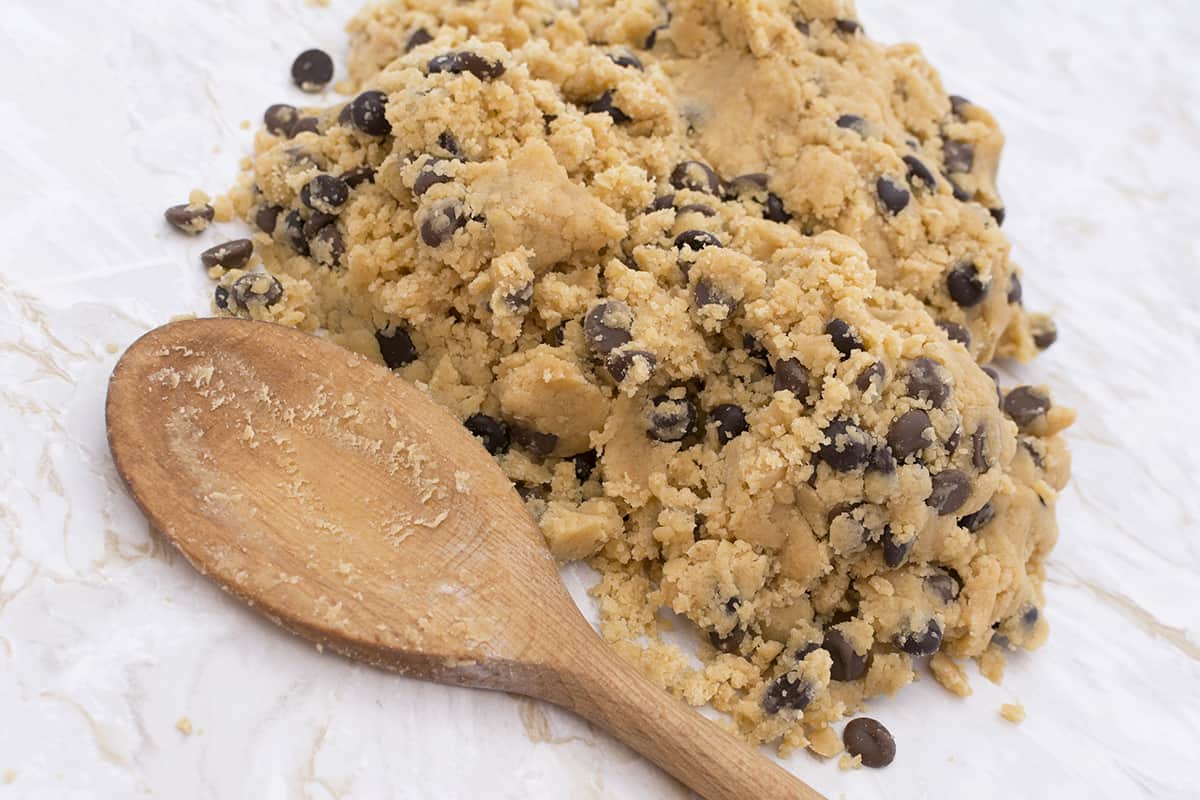
Again, the size of the scoop plays a minor role in determining how wide and crispy or chewy your cookie will turn out. You will have to look at the recipe and gauge how much butter, sugar, brown sugar, flour, baking soda, and baking powder the recipe uses.
For the most part, a higher fat-to-flour ratio, as well as how much baking powder is in the dough, will result in a flatter, crispier cookie. On the flip side, less fat and more flour and sugar, along with more baking soda and less baking powder, will cause your cookie to rise and become chewier.
That said, there is a general rule based on the scoop size to plan out how many balls of cookie dough you can place on a cookie sheet.
| Cookie Scoop Size | Approximate Cookie Diameter (in.) |
| #100 | 1 |
| #70 | 1-1/4 |
| #60 | 1-3/8 |
| #50 | 1-1/2 |
| #40 | 2-3/4 |
| #30 | 3 |
| #24 | 3-1/8 |
| #20 | 3-1/4 |
| #16 | 3-1/2 |
| #12 | 3-3/4 |
| #10 | 4-1/4 |
| #8 | 4-1/2 |
| #6 | 5 |
Why Should You Use a Cookie Scoop?
If you follow your mom’s or grandmother’s traditional homemade cookie recipes, they might not have included a specific scoop or dough ball size. That’s not their fault—they were most likely taught how to make cookies without the use of specialized cookware like dough scoops.
However, when it comes to baking, it’s generally a good idea to prepare identically sized portions of dough or protein when baking them on the same sheet. That way, one ball of dough doesn’t cook faster than the rest, resulting in an overcooked, hard-as-nails cookie.
A cookie scoop somewhat eliminates the possibility of randomness in the baking process. When your dough balls are shaped the same, odds are they will cook evenly in the oven. However, you may still need to turn the sheet over 180° at the halfway point to make up for any cold spots inside the oven.
With all that said, the best way you can ensure that your cookie dough balls are as even as possible isn’t by portioning them out by volume, which is what a cookie scoop aims to do.
Instead, you should invest in a digital kitchen scale and weigh your cookie dough balls before placing them on the cookie sheet. That way, you will know for a fact that one dough ball doesn’t contain significantly more dough than the others, and they will all cook evenly.
Are Larger Cookies Always Better?

Not necessarily. While larger dough balls will mean you can enjoy more delicious baked dough per cookie, that doesn’t mean the cookie will be prepared optimally. Again, the ingredients that go into the cookie dough will play a significant role in the final outcome.
So, pay close attention to the recipe and follow the instructions to the letter, including what size scoop to use.
That said, if you follow a recipe for chewy cookies but only have a small scoop on hand, then you will have to adjust the temperature in your oven accordingly or suffer from overcooked, tough-as-boots cookies.

